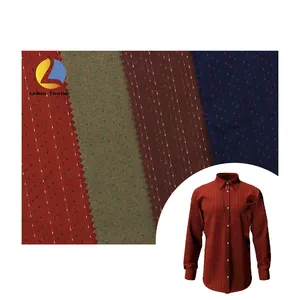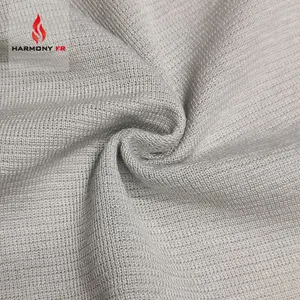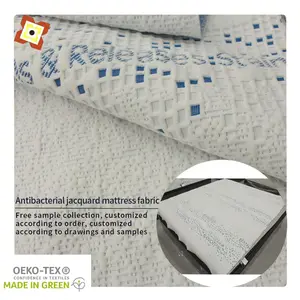Exploring Antibacterial Cotton Fabric
The realm of textiles is ever-evolving, with antibacterial cotton fabric marking a significant advancement in fabric technology. This category of fabric is engineered to resist bacterial growth, ensuring a hygienic experience for users. Ideal for a multitude of applications, antibacterial cotton is not just a fabric but a modern solution to contemporary hygiene concerns.
Types and Applications
Antibacterial cotton fabric is versatile, finding its place in various items ranging from fashion to home essentials. It is commonly used in the production of daily wear such as trousers and blouses, owing to its skin-friendly properties. Moreover, its application extends to home textiles like curtains, bedsheets, and towels, enhancing the domestic environment with its protective qualities. The fabric's adaptability is also evident in its various weaves and types, such as the breathable and crease-resistant poplin and the durable yet lightweight chambray.
Material Features and Advantages
The core feature of antimicrobial cotton fabric is its inherent resistance to bacteria, which is achieved through the integration of antimicrobial agents during the manufacturing process. This feature is complemented by the natural breathability and comfort of cotton. The fabric's benefits are manifold, including enhanced durability and the maintenance of fabric hygiene, making it a preferred choice for both clothing and home textiles.
Understanding the Fabric's Composition
While exploring the composition of antibacterial fabrics, it's essential to distinguish between natural and synthetic options. Cotton, with its natural fibers, offers a soft and comfortable feel, while synthetic alternatives like 100% polyester bring attributes such as moisture resistance. Each material brings its own set of characteristics to the table, catering to different needs and preferences.
Environmental and User Benefits
The production of antibacterial cotton fabric is not just about user benefits but also encompasses environmental considerations. The fabric's durability translates to a longer lifespan and reduced waste, while its antibacterial properties mean less frequent washing is required, conserving water and energy. Additionally, the comfort of cotton ensures that it remains a staple in wardrobes and homes, providing a sustainable option for conscious consumers.
Choosing the Right Supplier
Selecting the appropriate source for antibacterial cotton fabric is crucial for businesses seeking to offer quality and value. Alibaba.com serves as a platform where numerous suppliers list a variety of antibacterial and antimicrobial cotton fabric options. This diversity allows for a tailored approach to sourcing materials, ensuring that specific requirements for clothing, bedding, or upholstery can be met with precision.







































 浙公网安备 33010002000092号
浙公网安备 33010002000092号 浙B2-20120091-4
浙B2-20120091-4